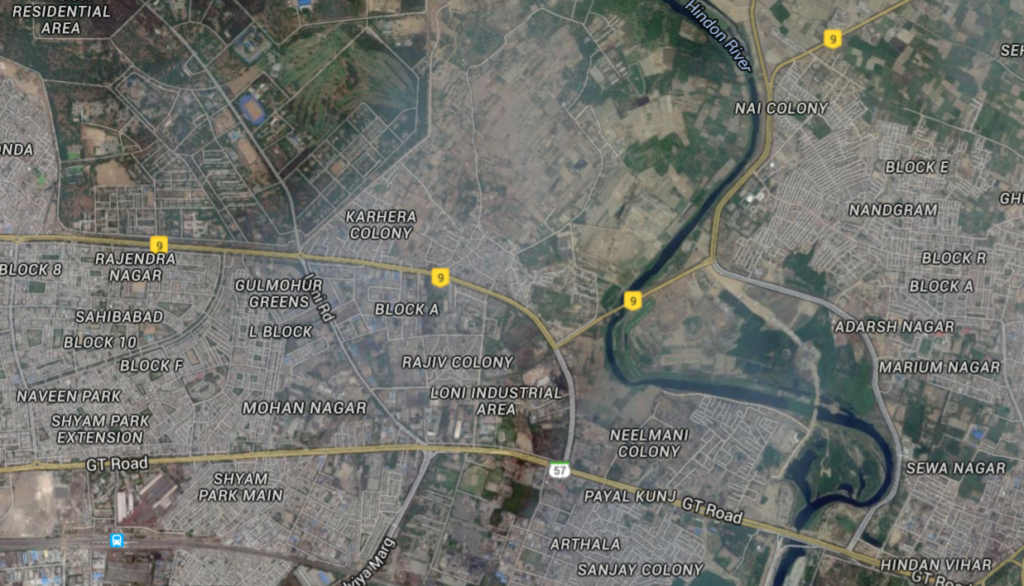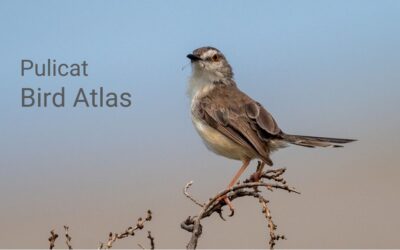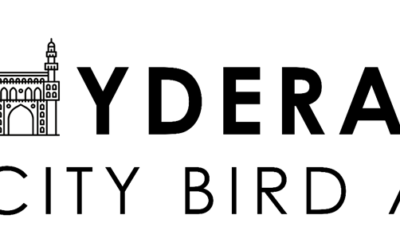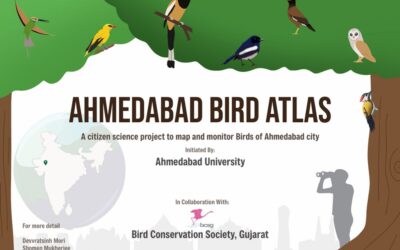This is the second in a series of articles from Bird Count India about Patch Birding, following on from Part 1 “What is Patch Birding?”…
Location
Thankfully birds occur in most areas and you don’t have to travel far, or go to anywhere special, to go birding. In fact, the priority for a local patch is that it is somewhere convenient to go to on a regular basis, and that it is somewhere where you will enjoy going. The ideal could be a site that you visit for a few hours every weekend, or a couple of times a month – which gives you enough time to cover the entire area in detail – while also being somewhere that you could drop in to when you have maybe just an hour or so to spare during the week, e.g. before or after work or school, during a lunch break, or on your way to somewhere that you have to travel to frequently. The patch should not be far away from your home or work, as if you have to travel for more than perhaps half an hour to get there, then you are not going to visit as frequently.
In order to cover your patch in detail it should not be too large: a maximum of a few square kilometres is suggested, but less than one square kilometre is also fine.
Habitat
Your patch can contain any type of habitat. A small neighbourhood park, school or college campus, scrub area, agricultural farmland, woodland, railway edge, urban lake, are all suitable. Of course, a variety of habitats, with mature trees, hills or especially water, will increase the diversity of species and enhance your enjoyment. If you are lucky enough to live near the coast, or a large wetland, then you will probably have a great local patch, but it doesn’t have to be a place known to be fantastic for birds.
Ideally don’t use your own garden as your patch – part of the fun of patch birding is to choose a patch that has habitats that you think will attract a variety of birds, and that will get you out in to the field more often. Of course, do continue to note observations from your garden or neighbourhood separately.
Choosing your Patch
You may already know a local site that fits the criteria described above, but if you are not sure, or to refine an area that you are interested in, try the following steps.
- Use an online map such as Google Maps or Google Earth
- Centre it on your home (or work)
- Switch to the satellite or earth view
- Look for nearby areas of greenery or water (which might be dried up)
- Identify prime areas based on combination of habitats, e.g. water near areas of woodland or scrub
- Check for suitable access and whether the sites appear to be private or publicly accessible
- Visit the possible sites to check this.
- When visiting sites, specifically check the details of the habitat, especially for fairly “wild” areas
- Also consider ease of access and viewing: there are good places for birds that are not always easy to access for birders, and for a local patch you want visiting and watching to be enjoyable
- Remember to take some notes and enter eBird checklists for your scouting visits to possible locations, even if you don’t select them as your patch!

Choose a Patch using Google Maps: zooming in shows a potentially good area of floodplain with easy access – definitely worth a site visit to check!
Once you have identified a local patch you’d like to “adopt”, create a map (e.g. based on a screenshot from Google Maps) and define reasonable boundaries for it. You will probably refine these over time as you visit.
Try to plan some routes to explore the patch as fully as possible. Again you will likely refine these over time, and you don’t have to do the same route every time you visit. Aim for a route that visits all the different habitats in the patch. Ideally your routes should be circular, i.e. starting and ending at the same point – as this is most convenient when birding on foot!
Now you have your local patch, just visit as often as possible!
Part 3 “How to Record Birds from your Patch?” will be published in a few days…






In case of Media…some times audio calls of particular bird is mixed with other species also.And there is no column or space to add names of other birds in audio.Details column is used for other information.I think for photos …background species & for audios…background calls such separate columns should be there in checklist.
Thank you Sir. At the moment, this feature does not exist; you are welcome to add the additional names in the comments. The assumption (which may not be true in all cases) is that each photo and audio clip has a ‘primary’ species.
Great series of articles.
I would like to add:
1) Visit your Patch in varying seasons. Not only bird species vary, but flowering of trees and fruiting of vegetation will attract different species.
2) Water levels in ponds/streams will change and bird species will change.
3) Crops in agricultural patches will vary and this will in turn attract reptiles/raptors/amphibians.
4) As seasons change , quite often passage migrants can be spotted in patches where normally one wouldn’t expect to find them.
Cheers.
Agree, water level and such things will help in explaining habitat